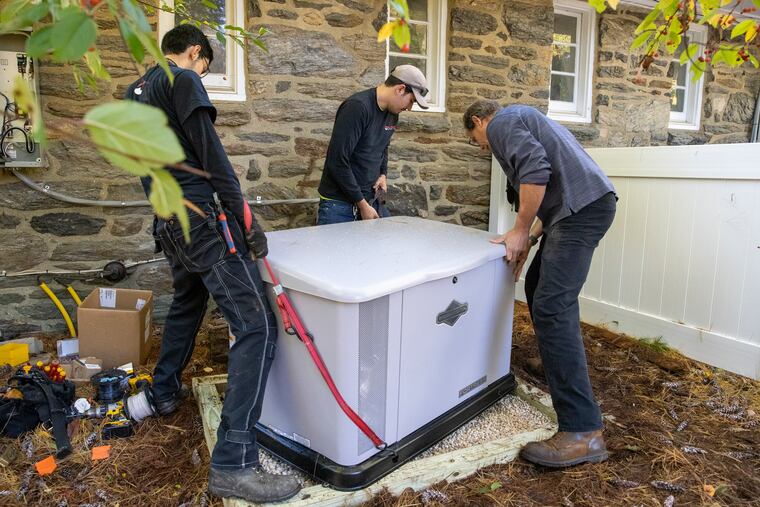Demand for standby generators is surging as the pandemic has turned every house into its own office park
Storm-induced outages are also causing a backlog in deliveries of generators. 'We’ll do everything we can to get you installed in about 10 to 12 months.'
